Authors: Jerome A. Olson, Christopher T. King, Julie L. Hotchkiss, Peter R. Mueser, Phillip S. Rokicki, and David W. Stevens
Date: March 2000
Publication Type: Report, 31pp.
Abstract: In 1998, the U.S. Department of Labor’s Employment and Training Administration, Division of Research and Demonstration awarded funding to an alliance of five state university partners to conduct research on welfare-to-work transitions in five large urban areas: Atlanta, GA; Baltimore, MD; Ft. Lauderdale, FL; Houston, TX; and Kansas City, MO. The objective of this phase of the analysis was to identify and explain similarities and differences in the welfare-to-work transition profiles of adult female welfare recipients in the five urban sites. The data were used to fit reduced-form regression models in which outcomes were dependent on exogenous (or predetermined) variables. This approach to organizing the data was based on the seminal work of Boskin and Nold (1975) that has become one of the standard approaches of event history analysis. This report demonstrated the feasibility of pooling large welfare datasets for cross-urban analyses of welfare and work patterns. A comparison of the descriptive statistics and regression coefficients has shown both commonalities and differences among the states and the urban sites that are intuitively plausible.


Leave a Reply